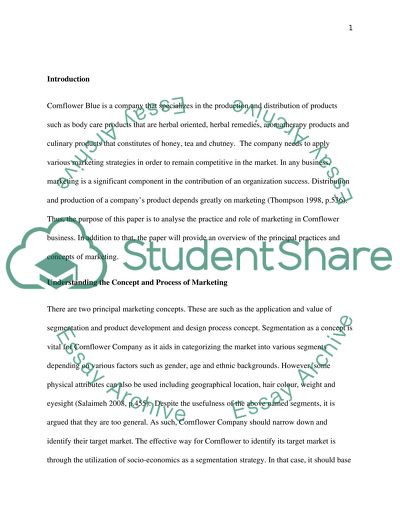Cite this document
(“Segmentation, Targeting, Positioning Assignment”, n.d.)
Retrieved from https://studentshare.org/marketing/1449021-answer
Retrieved from https://studentshare.org/marketing/1449021-answer
(Segmentation, Targeting, Positioning Assignment)
https://studentshare.org/marketing/1449021-answer.
https://studentshare.org/marketing/1449021-answer.
“Segmentation, Targeting, Positioning Assignment”, n.d. https://studentshare.org/marketing/1449021-answer.


